Elemental House adds a Danish twist to a 1970s London house
Named the winner of Don't Move, Improve 2025, Archmongers' Elemental House transforms a 1970s terraced house in London's Hackney into a functional, light-filled, Scandinavian-inspired family home
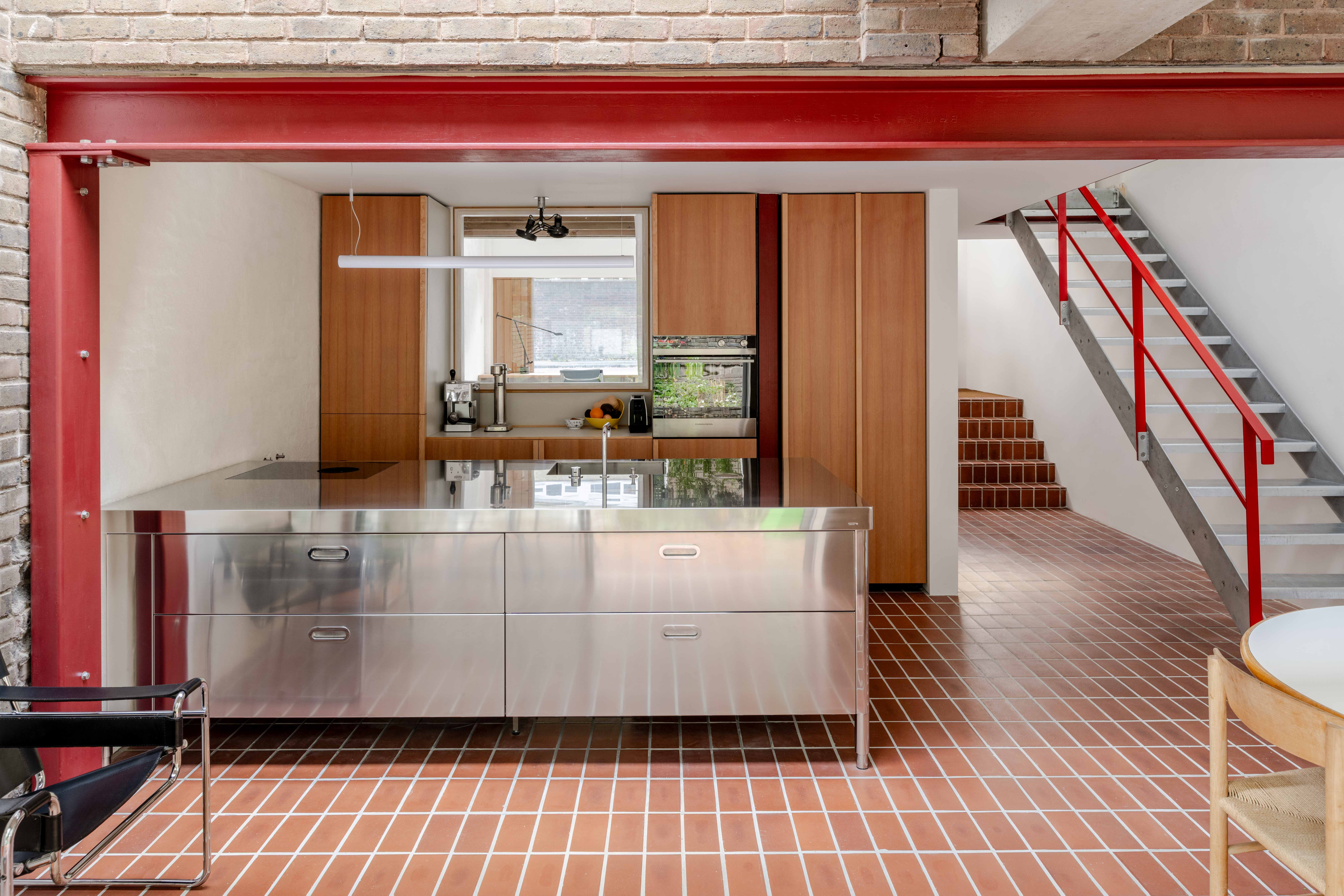
Elemental House has been named the winner of Don't Move Improve 2025.
The 1970s split-level home that became Elemental House was a perfect match for Johan Hybschmann, director at Archmongers, a London practice specialising in residential retrofit and modernist architecture houses that is known for its renovation of a 1972 apartment in the Barbican and Little Browning, a late 1960s home on Forest Hill’s Dulwich Estate named the winner of the Don’t Move, Improve 2022 competition.
No other buyer could see past the dangling wires and scurrying mice of this house in London's Clapton, which had been left untouched since the 1970s. But the potential was clear for Hybschmann and his wife, Anita Freeman, who soon set about turning the dark brick terraced house into a spacious, light-filled home swathed in greenery.
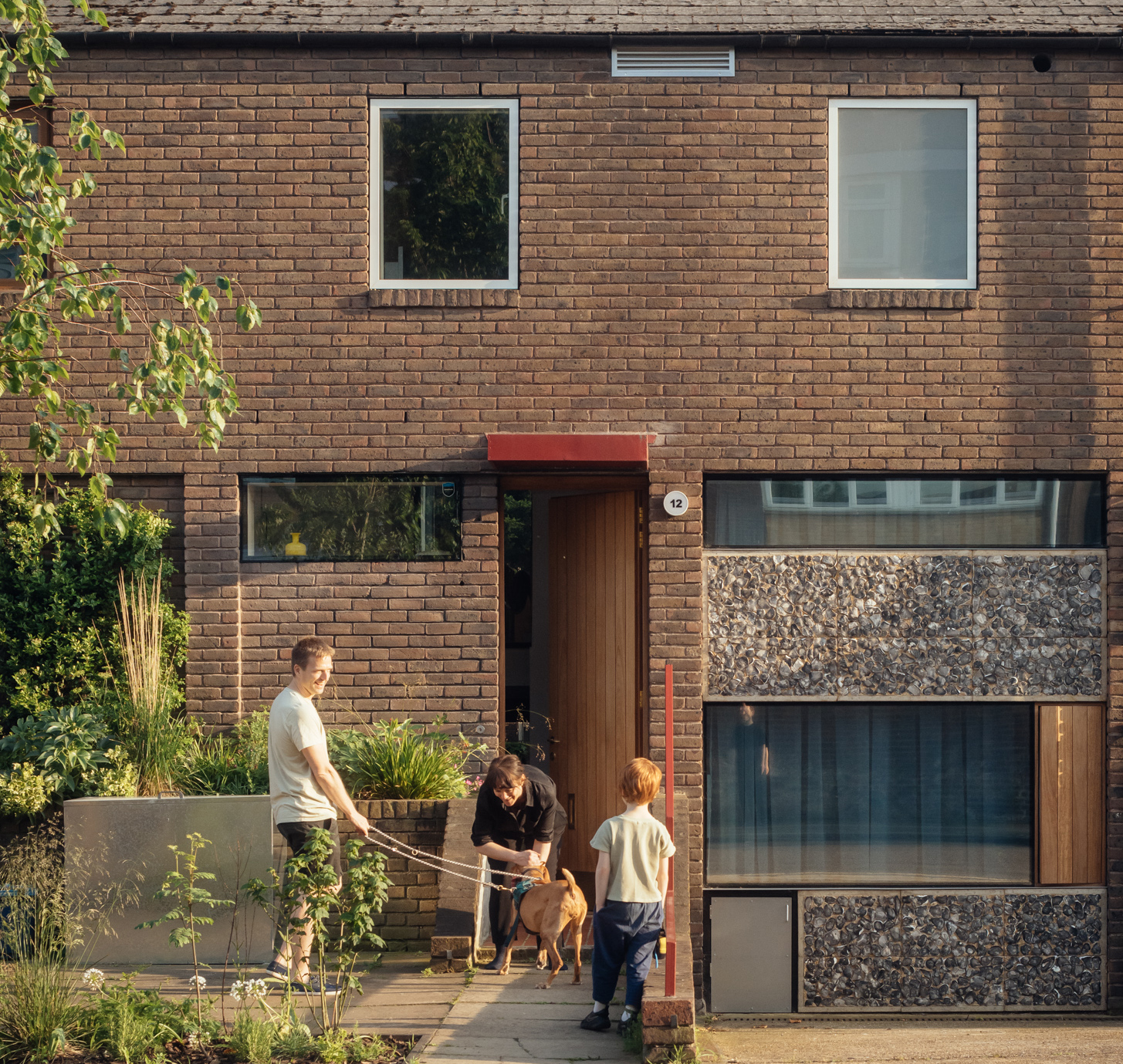
The nondescript street façade, once overshadowed by a front garage and concrete driveway, now boasts new frameless glazing, a red metal front door canopy and matching handrail, and period-appropriate textured flint panels replacing the garage door. Meanwhile, a series of planters and shrubs soften the house’s rectangular lines.
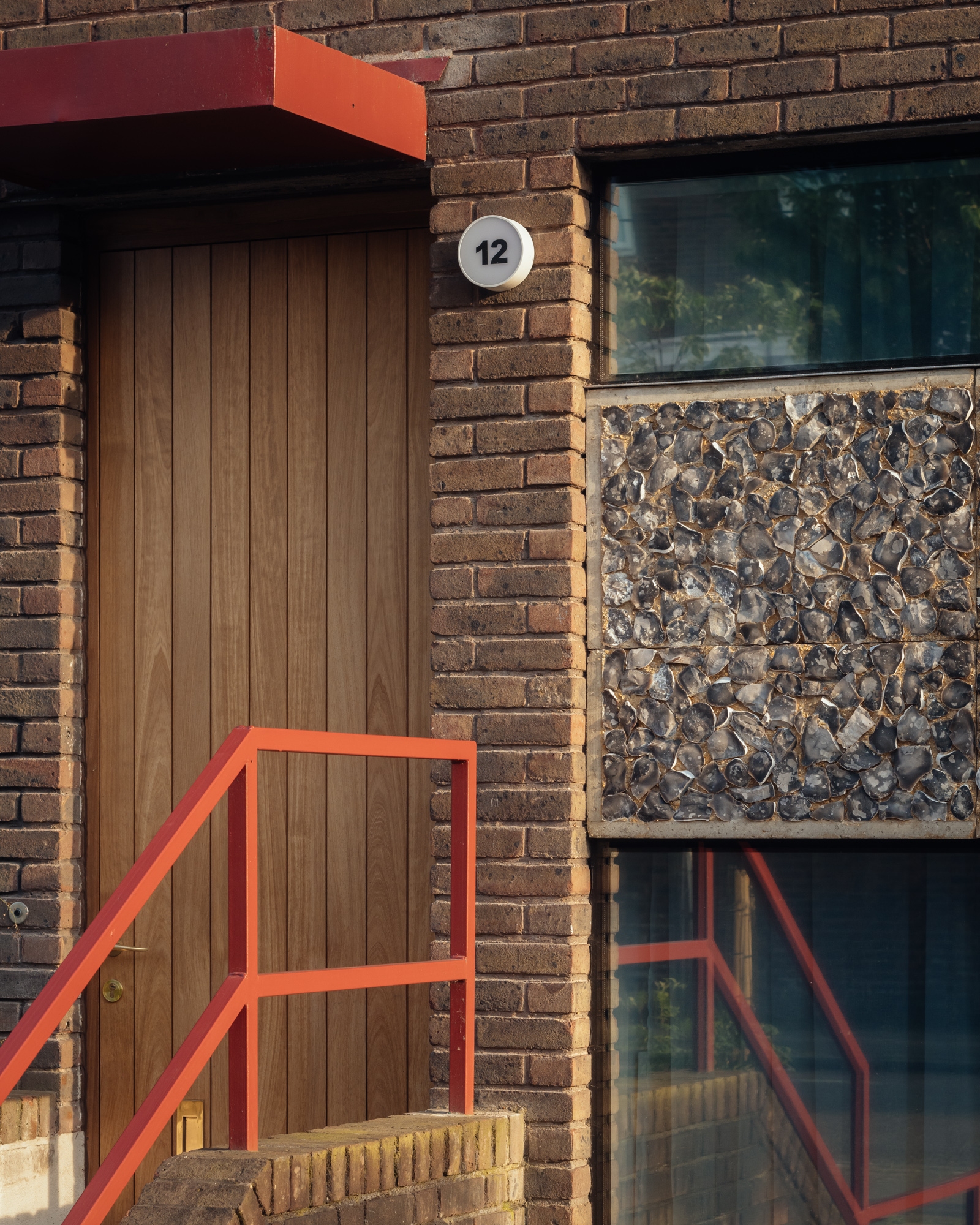
Inside, Hybschmann and Archmongers co-founder Margaret Bursa have retained the robust masonry, timber framework and exposed concrete elements of the original building, but made the space more generous by converting the garage into a bedroom, and adding a new concrete extension, cast in-situ at the rear of the property, to create a large kitchen and dining space.
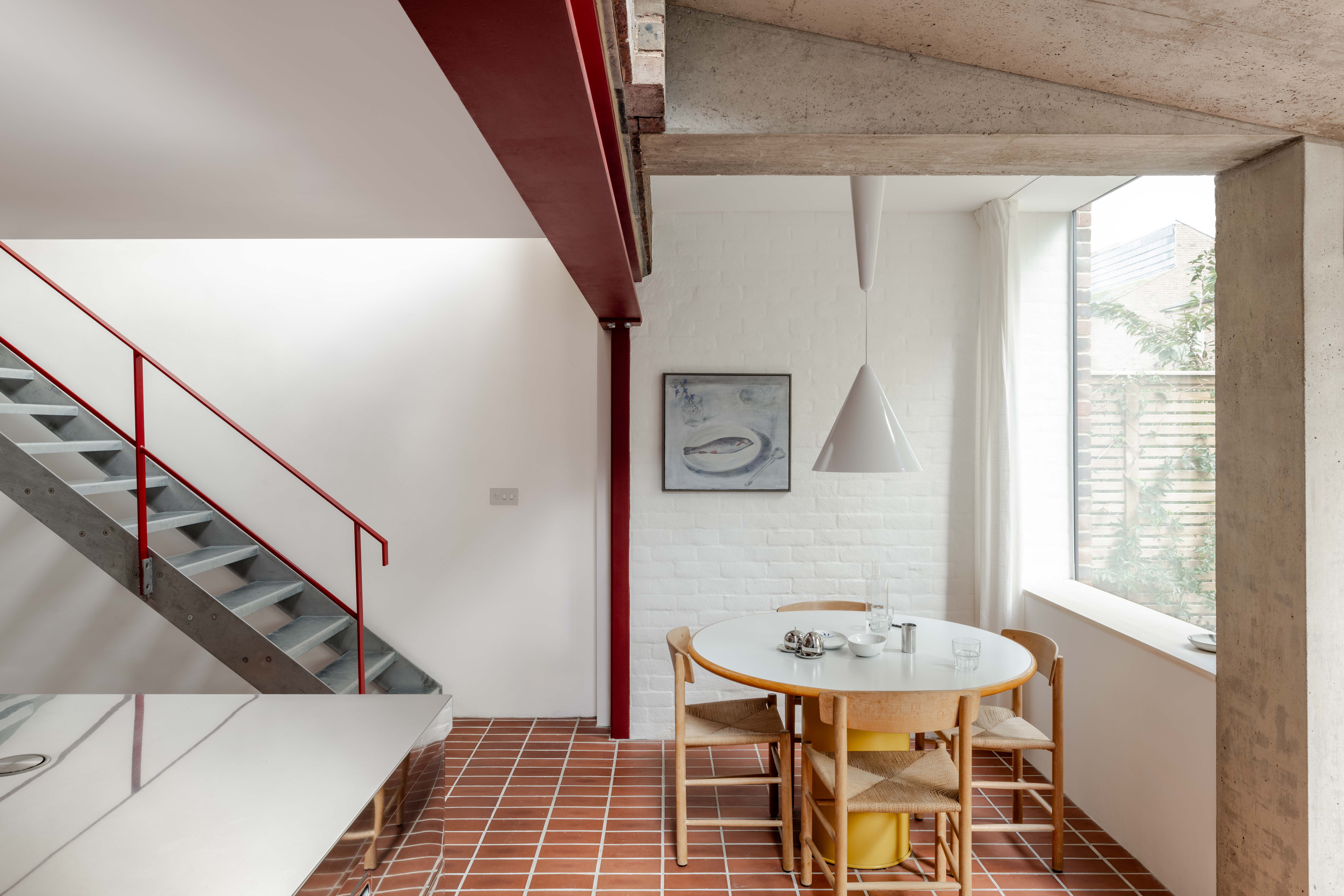
‘We knew the house had the right DNA to become a special place to live, but it turned out to be an even stronger framework than expected, with the house itself guiding the significant transformation, deploying bold forms and honest self-finished materials to enhance what was originally there,’ says Hybschmann. ‘It was rewarding to work in this way and although the house has been radically changed, it still very much feels like the same house, nestled in its terrace.’
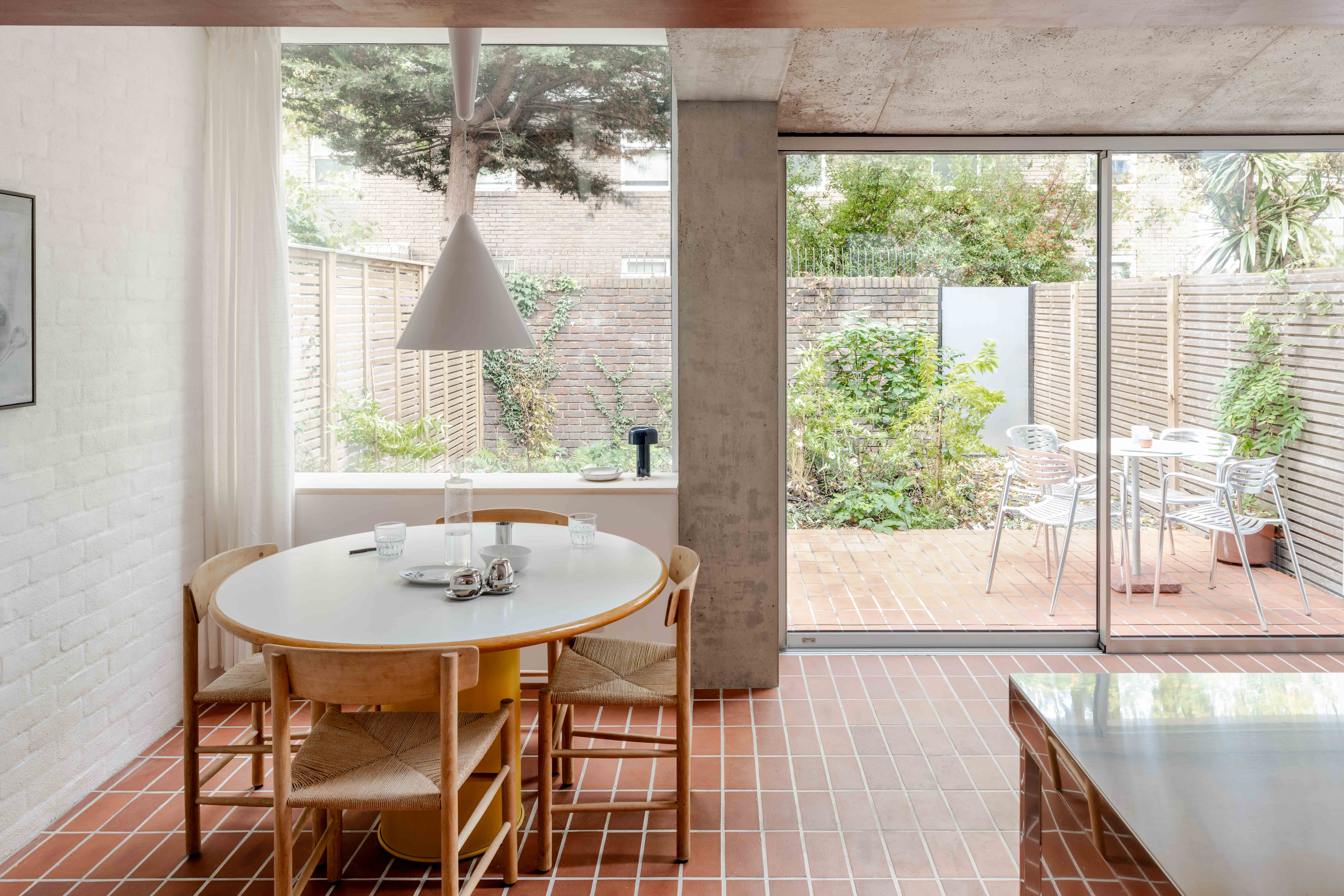
Elemental House is spread over three floors and includes a ground-floor kitchen and guest bedroom, a first-floor lounge, and two top-floor bedrooms, with two half-levels housing a small study and family bathroom. Archmongers’ approach focuses on using exposed materials, and its design scheme here employs a simple palette of existing brick, galvanised steel, cast concrete and timber.
Receive our daily digest of inspiration, escapism and design stories from around the world direct to your inbox.
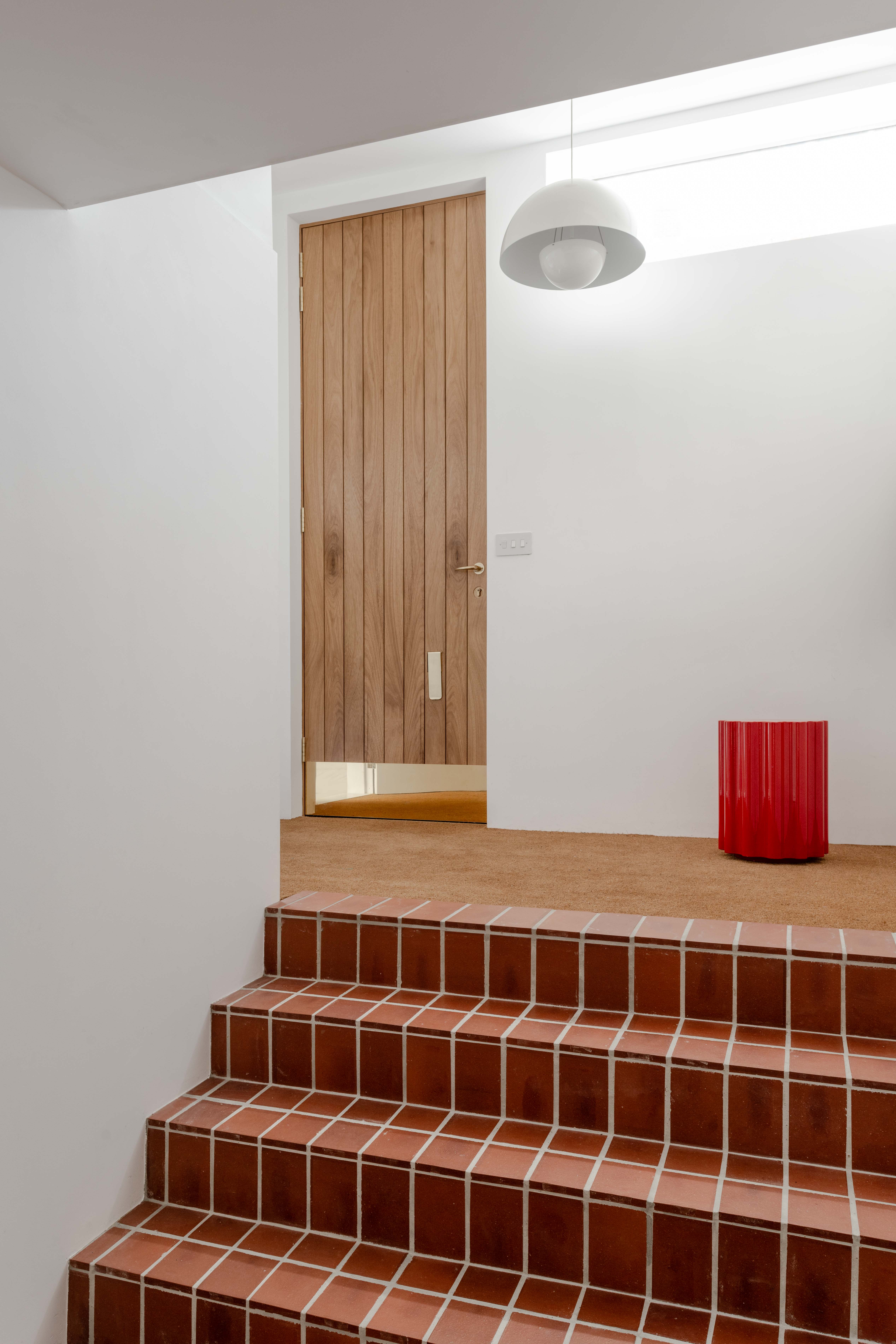
To make the most of the original materials and structure, plasterboard walls and the underside of the stairs have been removed, while strategically placed internal windows flood the interior with natural light. Particularly successful are the bedrooms, where removing the loft space has revealed the original timber frame and created high-ceilinged spaces that feel much bigger than they actually are.
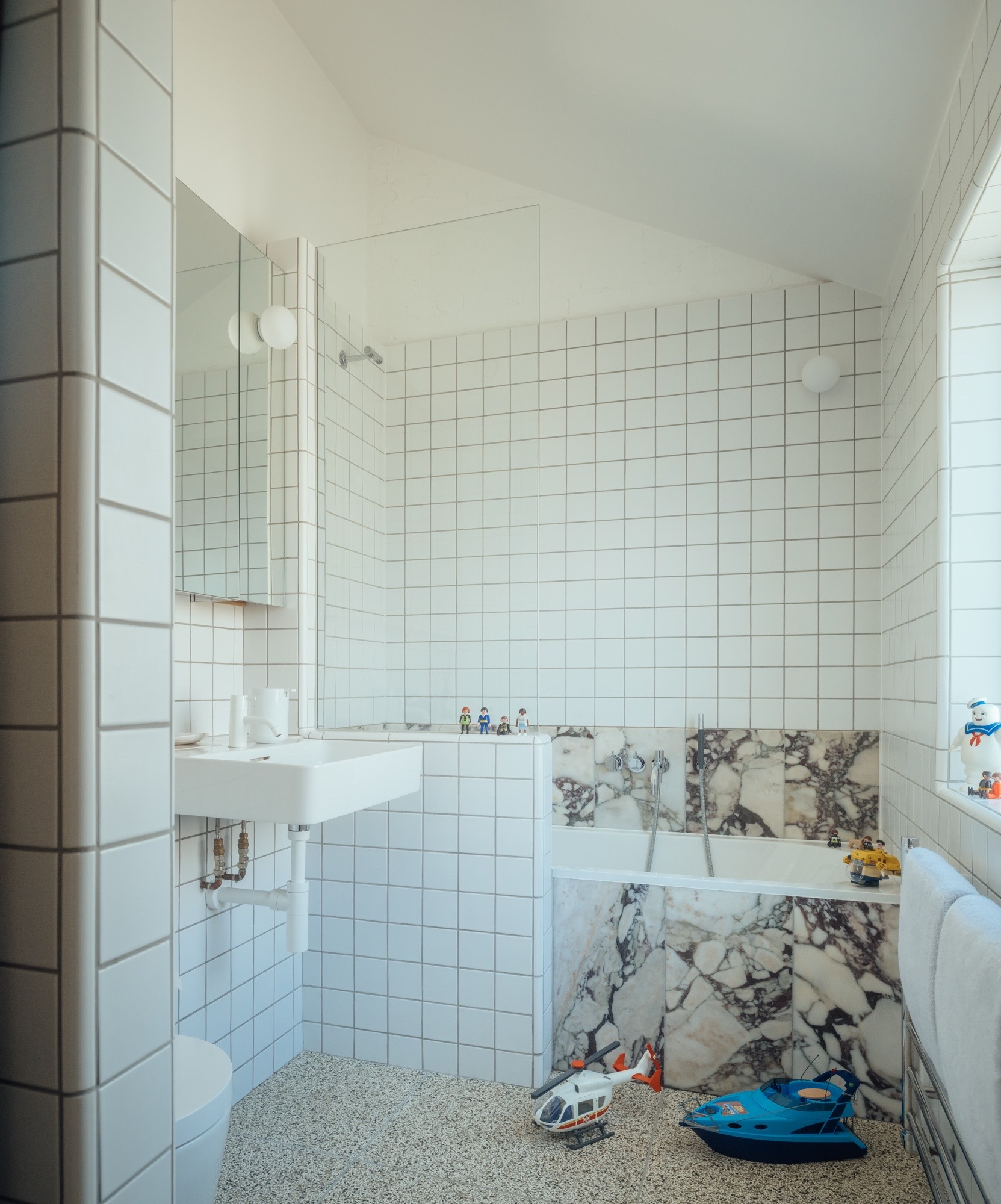
The grey brick, white-washed walls, natural timber and terracotta tiles nod to Hybschmann’s key inspiration, modernist buildings in his native Denmark, specifically Wohlert’s Louisiana Museum of Modern Art, Finn Juhl's house in Ordrup, and Arne Jacobsen’s Søholm houses – and Aalto’s homes in Finland.
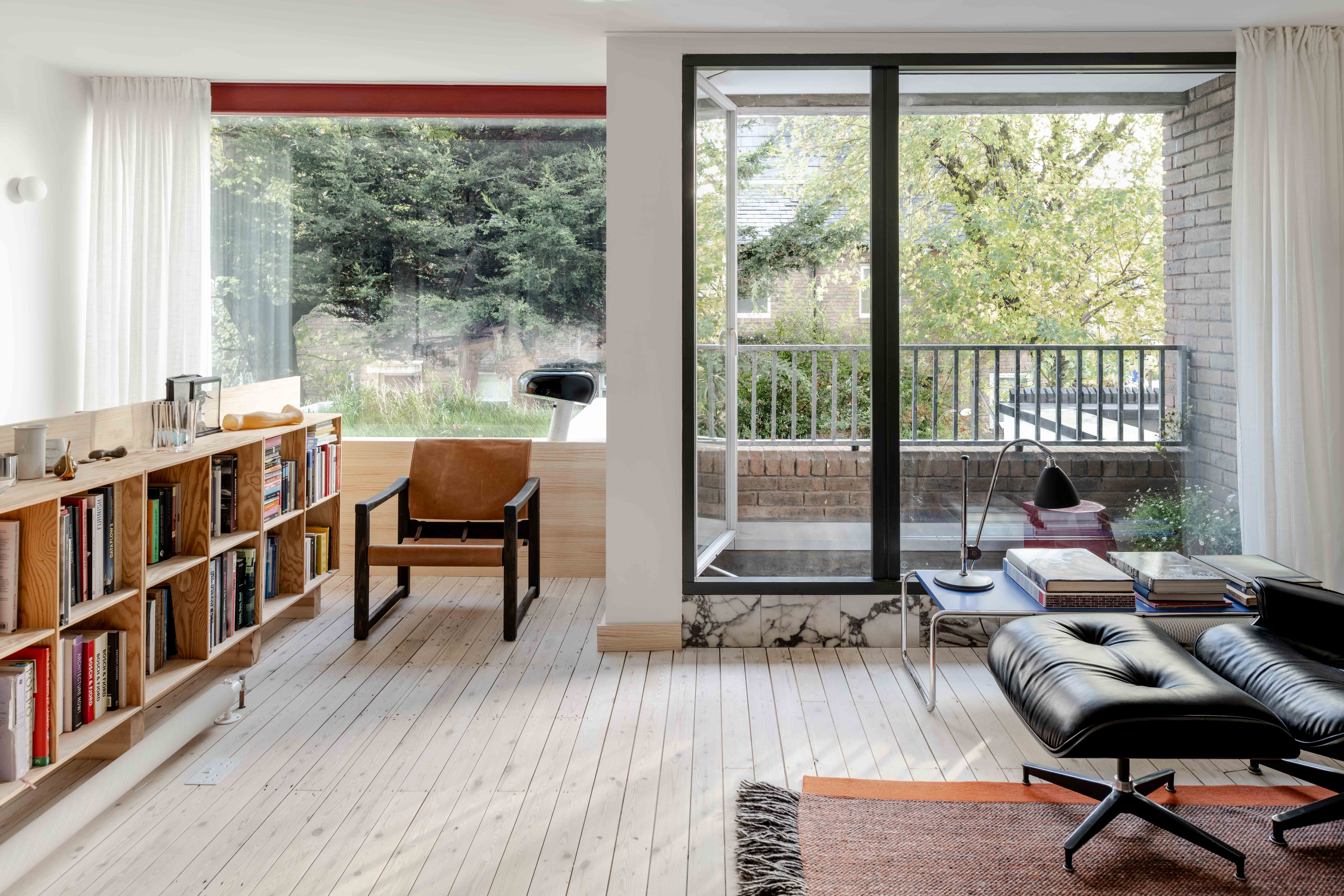
Carefully crafted joinery throughout the house showcases different types of wood, from knotless pine for the bannisters and shelving to iroko for the front door and handrail, and Douglas fir for the bespoke kitchen cabinets, built by carpenter Jacob Alexander Studio. They are paired with a sturdy stainless steel kitchen island and an oil painting by Haidee Becker.
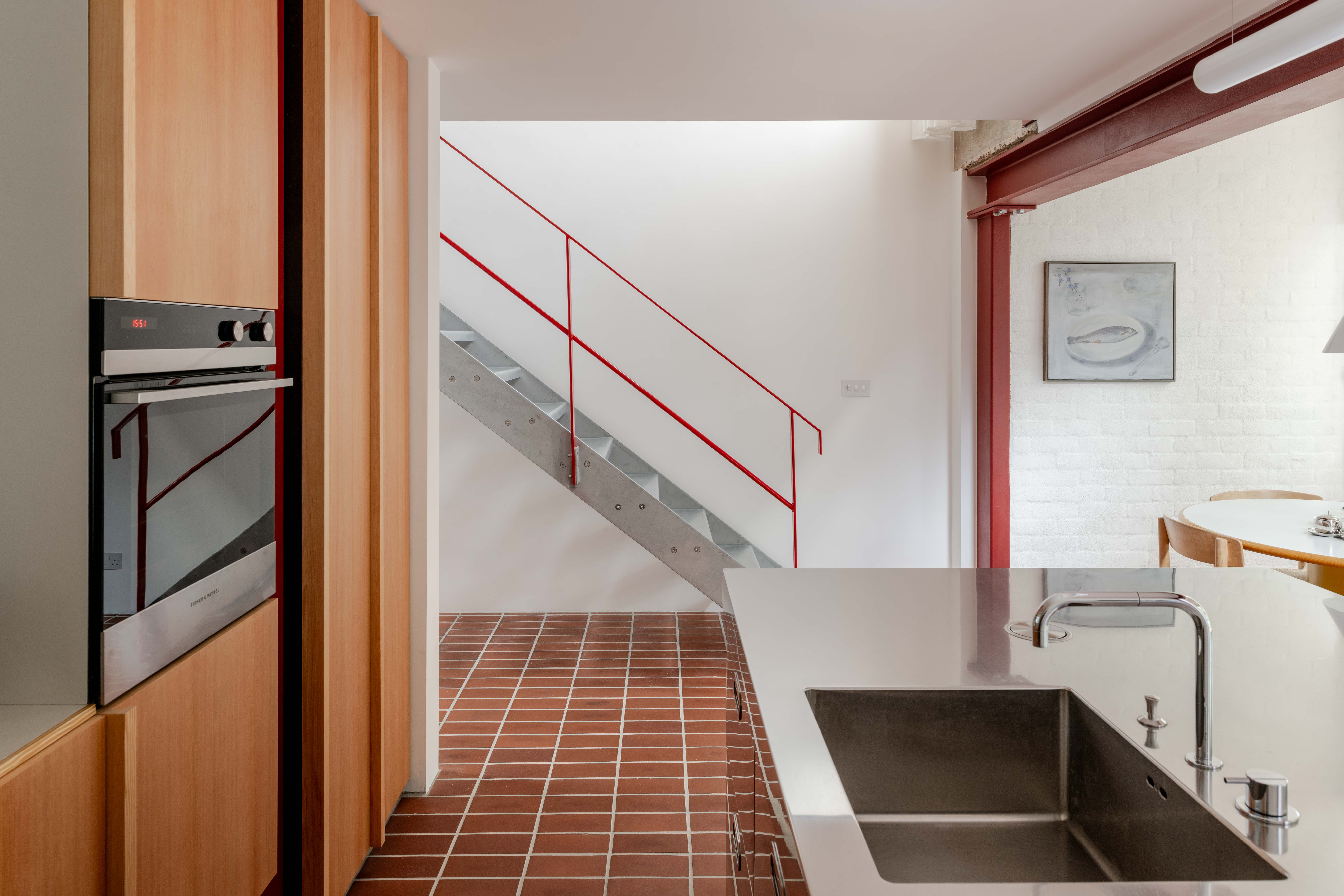
On the first floor, a picture window frames views of the new wildflower green roof, while the ground floor’s terracotta brick floor tiles extend outside to form an outdoor dining terrace, with sliding doors creating a seamless transition to the garden, which is planted with indigenous species and features a small pond to encourage wildlife.
Léa Teuscher is a Sub-Editor at Wallpaper*. A former travel writer and production editor, she joined the magazine over a decade ago, and has been sprucing up copy and attempting to write clever headlines ever since. Having spent her childhood hopping between continents and cultures, she’s a fan of all things travel, art and architecture. She has written three Wallpaper* City Guides on Geneva, Strasbourg and Basel.
-
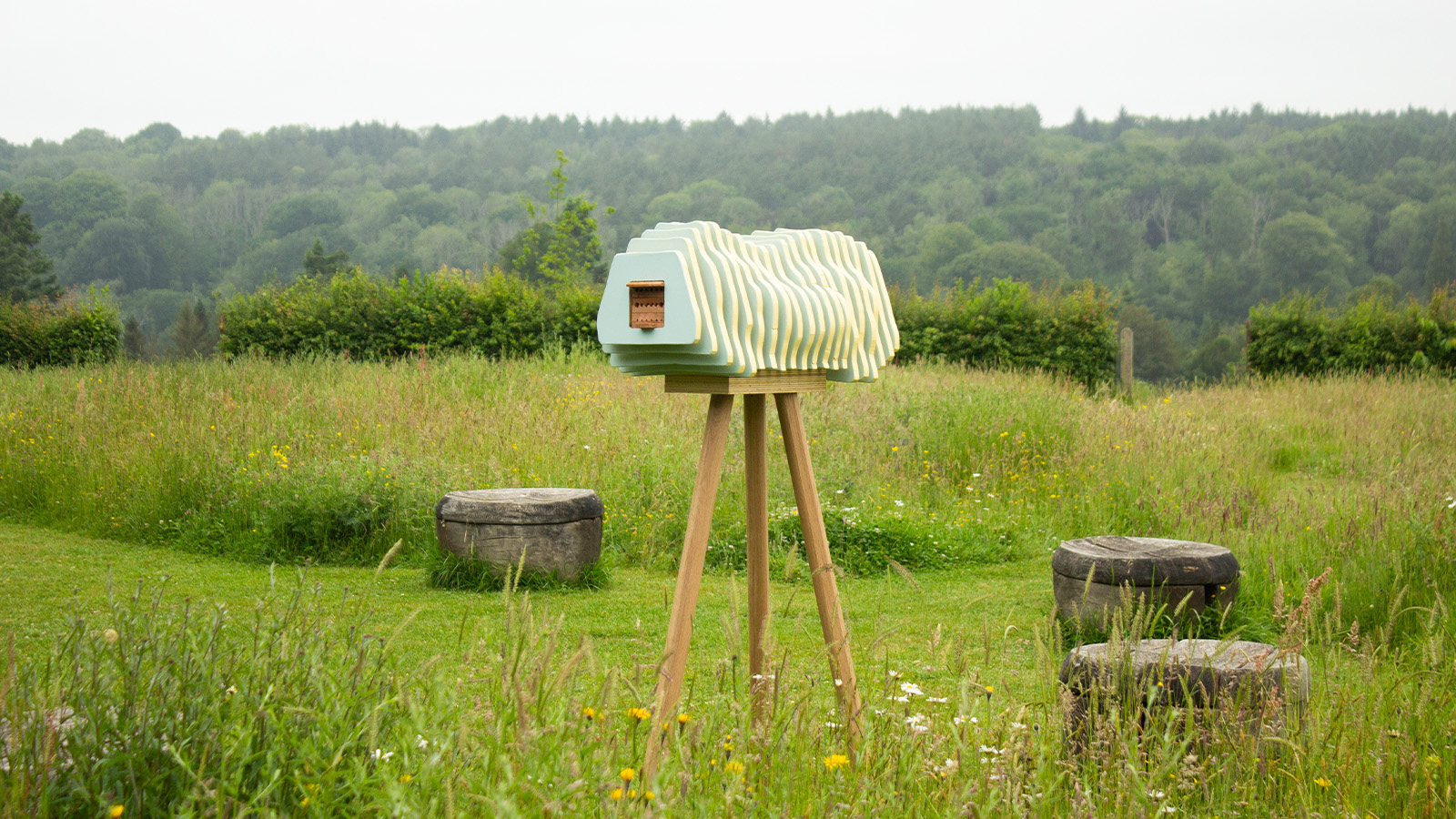 Bees can now check in at Kew’s new pollinator hotel
Bees can now check in at Kew’s new pollinator hotelAt Wakehurst, Kew’s wild botanic garden, artist Kristina Pulejkova unveils four functional sculptures that tell the hidden story of seeds and act as a refuge for bees during the heat of summer
-
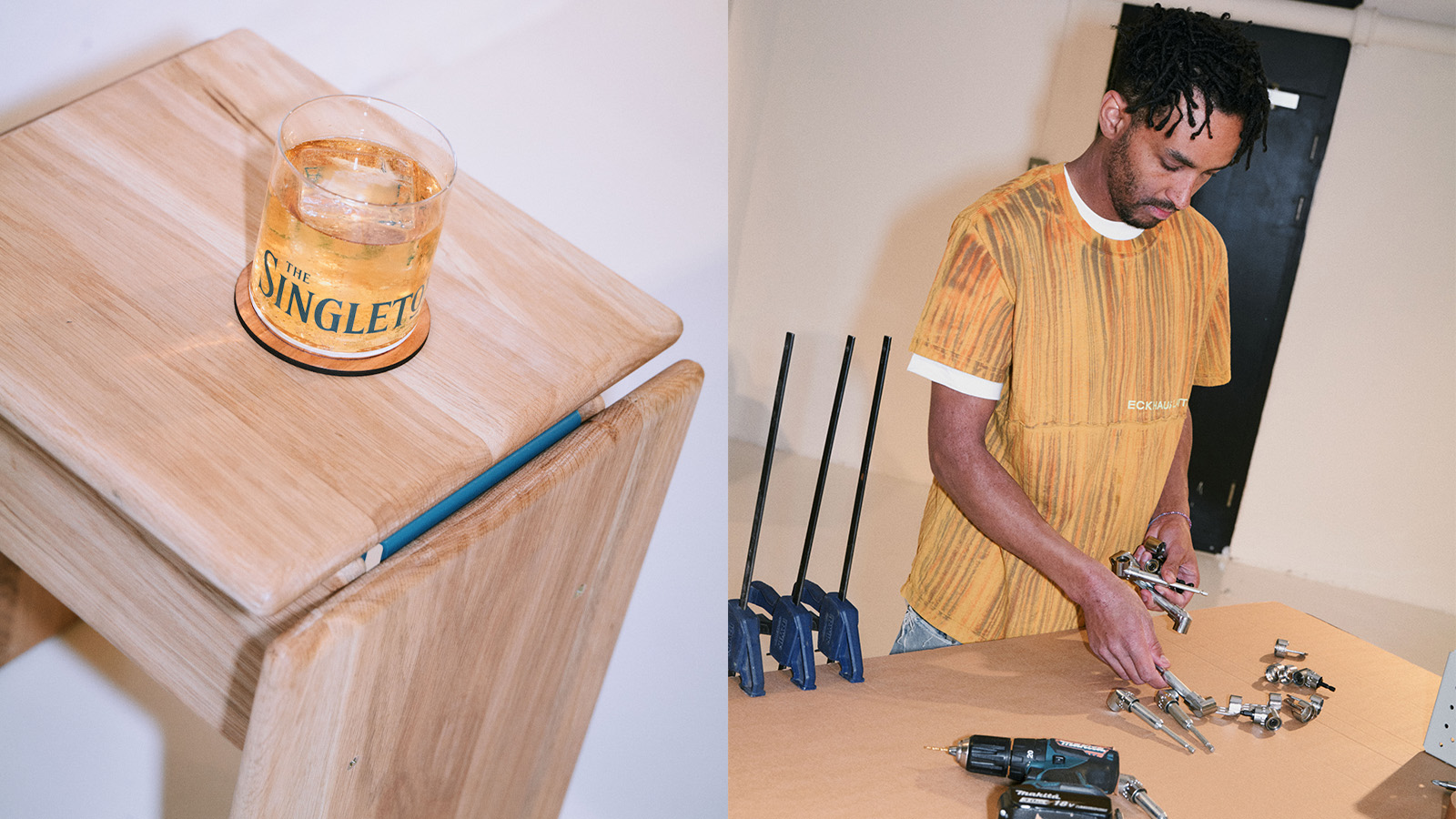 Andu Masebo and The Singleton’s bespoke furniture celebrates the beauty in slow craft
Andu Masebo and The Singleton’s bespoke furniture celebrates the beauty in slow craftBritish designer Andu Masebo collaborates with single malt Scotch whisky The Singleton on a multifunctional furniture piece boasting minimal design codes
-
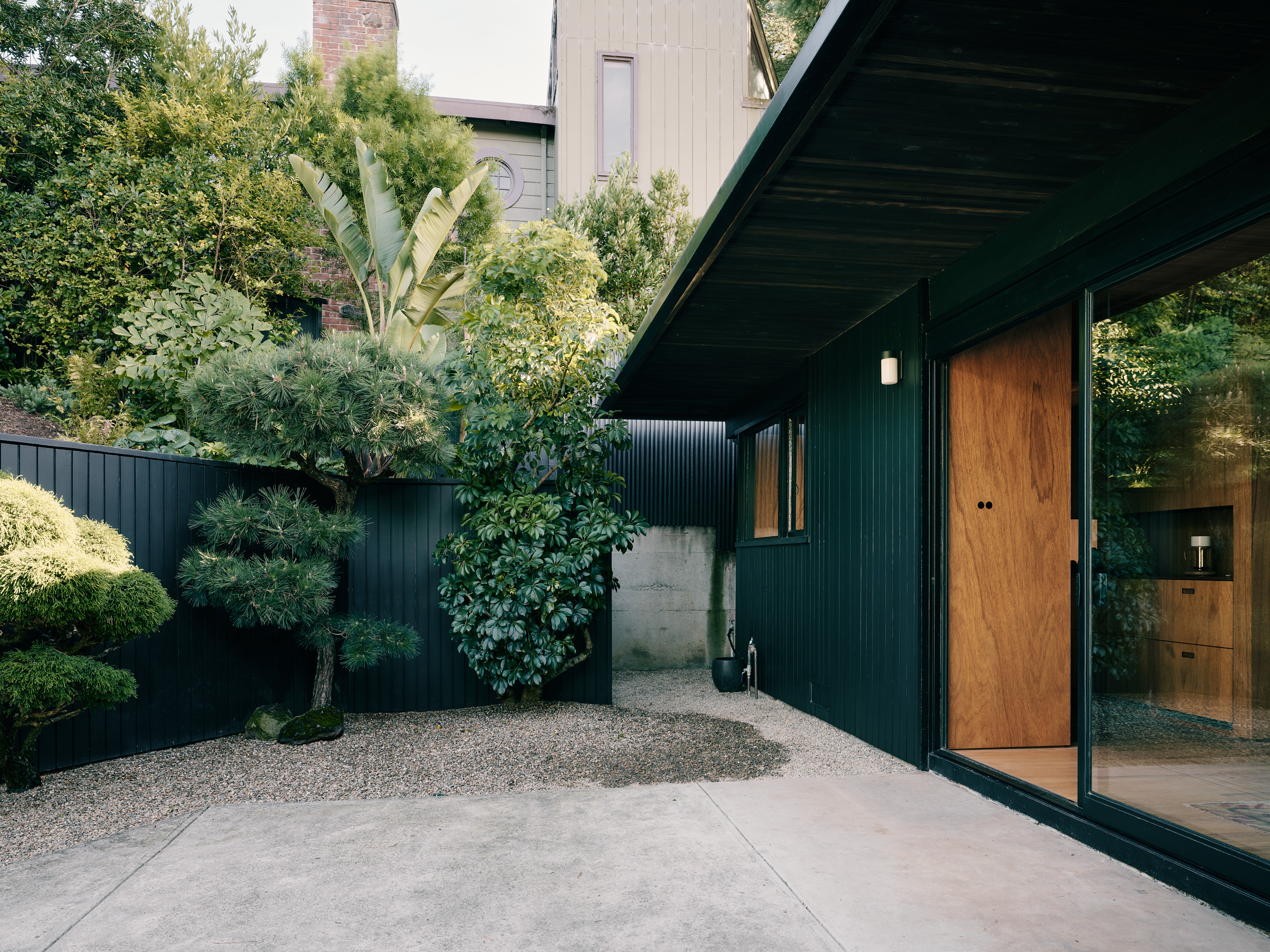 Inside a midcentury modern house so good, its architect didn’t want to mess with it
Inside a midcentury modern house so good, its architect didn’t want to mess with it‘I was immediately a little bit frightened, because it was such a great house,’ says architect Casper Mork-Ulnes of Roger Lee-designed gem in Berkeley, California
-
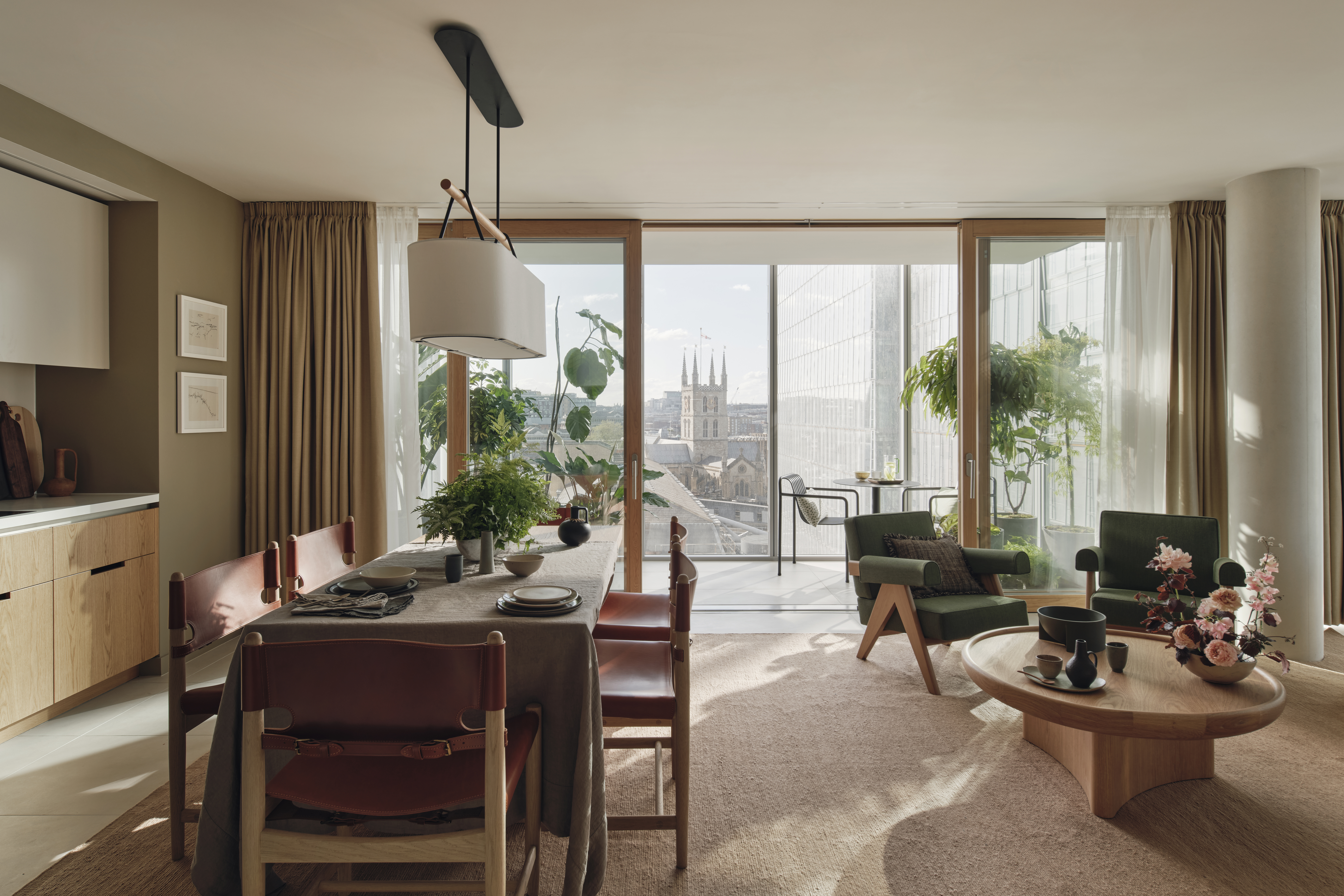 Shard Place offers residents the chance to live in the shadow of London’s tallest building
Shard Place offers residents the chance to live in the shadow of London’s tallest buildingThe 27-storey tower from Renzo Piano Building Workshop joins The Shard and The News Building to complete Shard Quarter, providing a sophisticated setting for renters
-
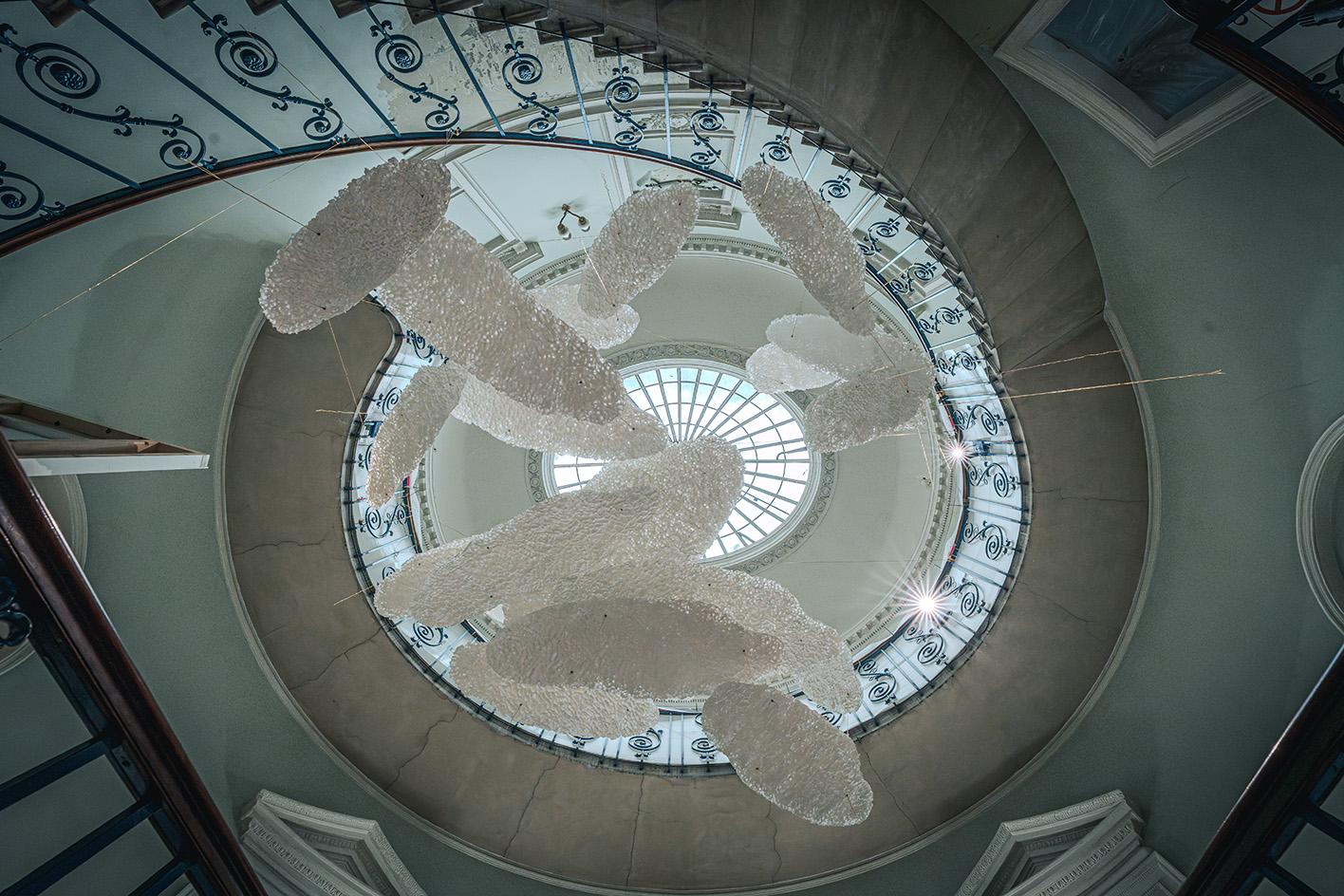 Kengo Kuma’s ‘Paper Clouds’ in London is a ‘poem’ celebrating washi paper in construction
Kengo Kuma’s ‘Paper Clouds’ in London is a ‘poem’ celebrating washi paper in construction‘Paper Clouds’, an installation by Japanese architect Kengo Kuma, is a poetic design that furthers research into the use of washi paper in construction
-
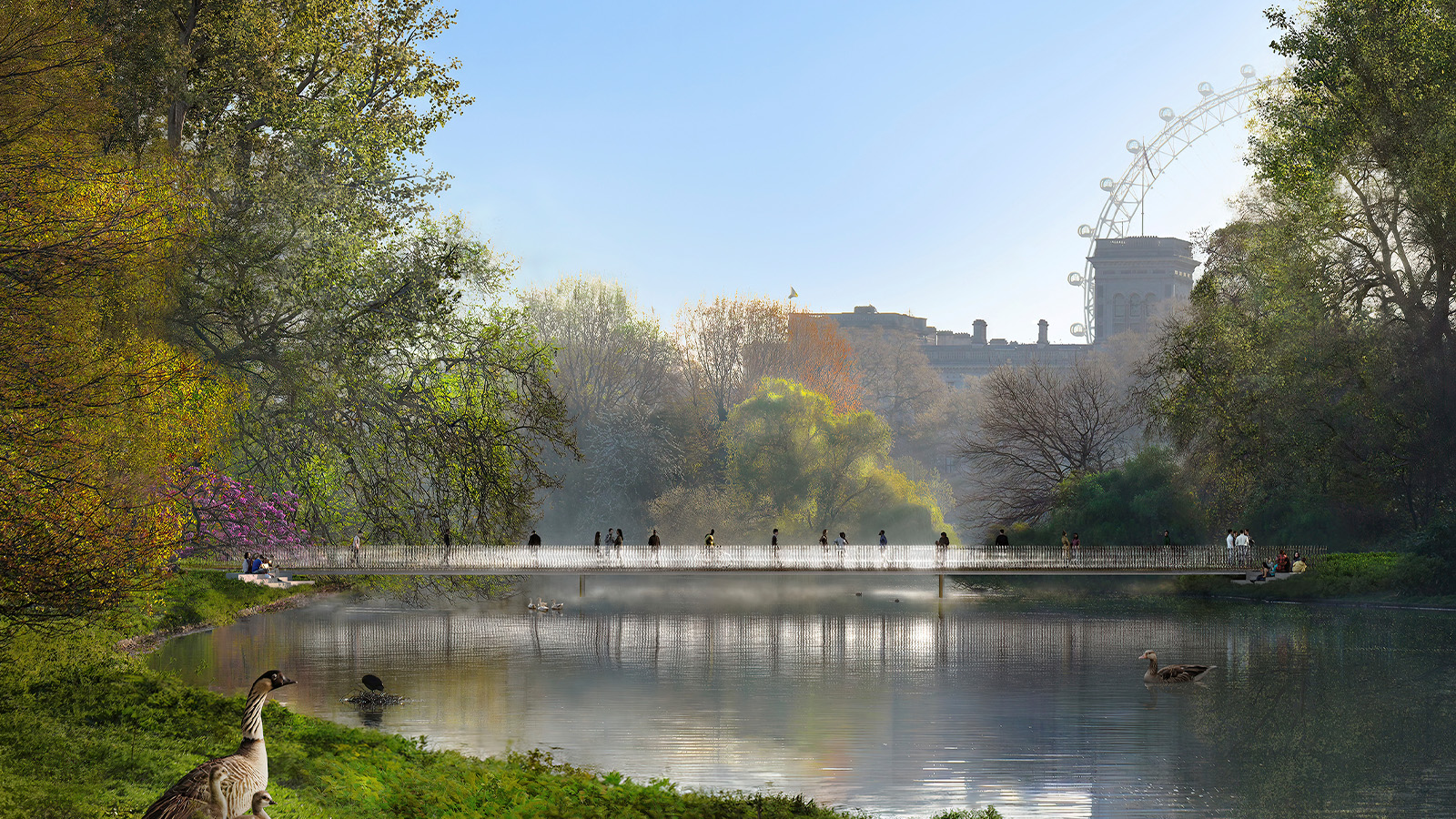 Foster + Partners to design the national memorial to Queen Elizabeth II
Foster + Partners to design the national memorial to Queen Elizabeth IIFor the Queen Elizabeth II memorial, Foster + Partners designs proposal includes a new bridge, gates, gardens and figurative sculptures in St James’ Park
-
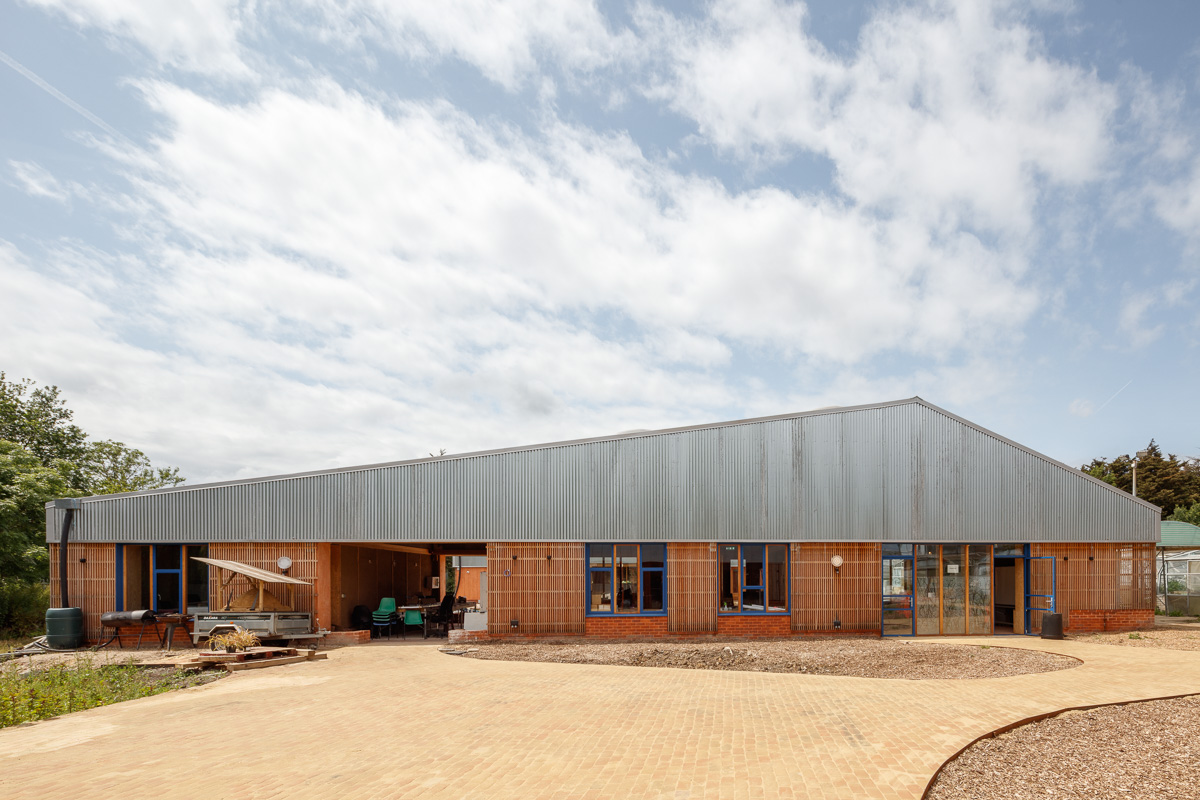 Wolves Lane Centre brings greenery, growing and grass roots together
Wolves Lane Centre brings greenery, growing and grass roots togetherWolves Lane Centre, a new, green community hub in north London by Material Cultures and Studio Gil, brings to the fore natural materials and a spirit of togetherness
-
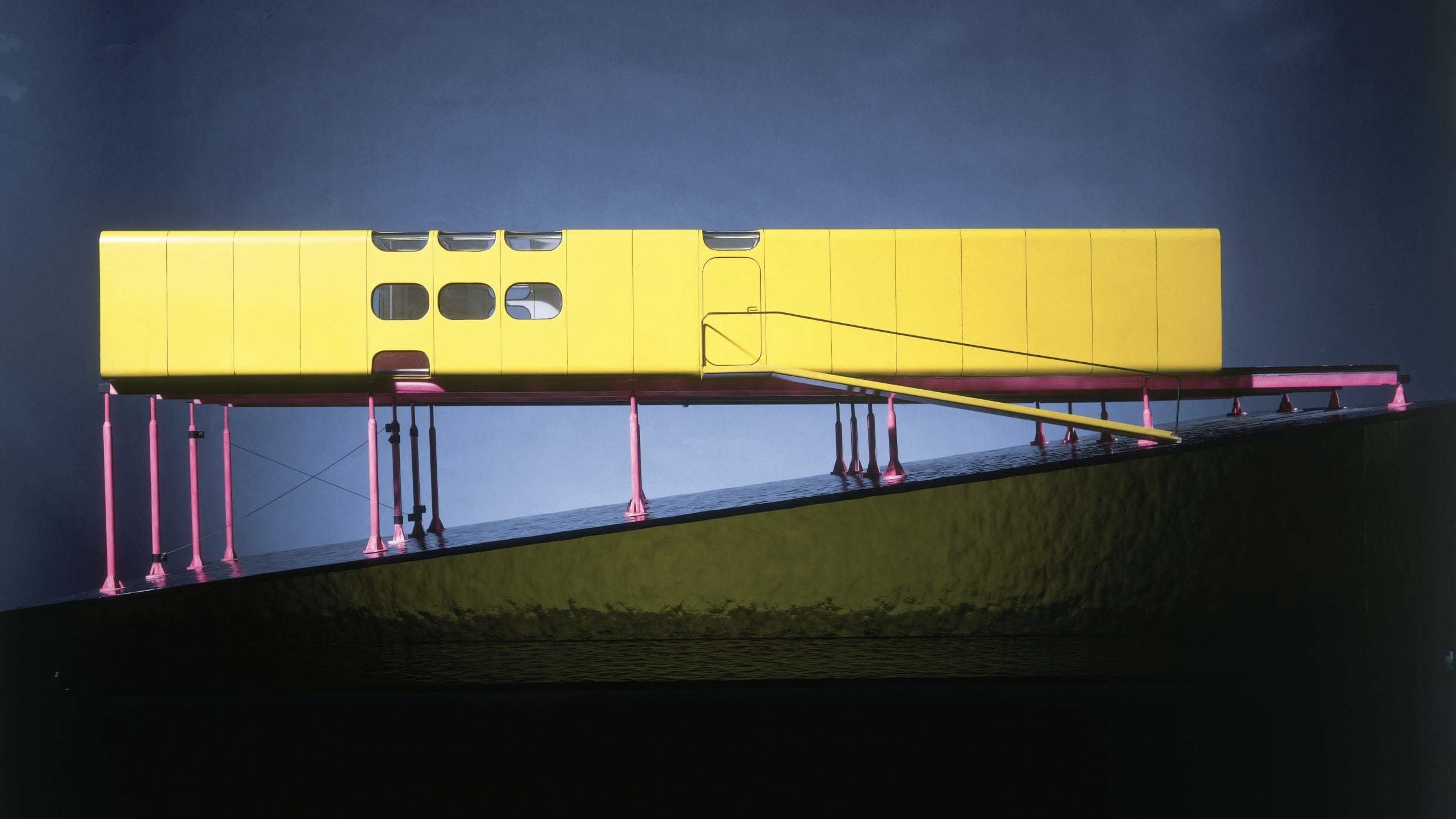 A new London exhibition explores the legacy of Centre Pompidou architect Richard Rogers
A new London exhibition explores the legacy of Centre Pompidou architect Richard Rogers‘Richard Rogers: Talking Buildings’ – opening tomorrow at Sir John Soane’s Museum – examines Rogers’ high-tech icons, which proposed a democratic future for architecture
-
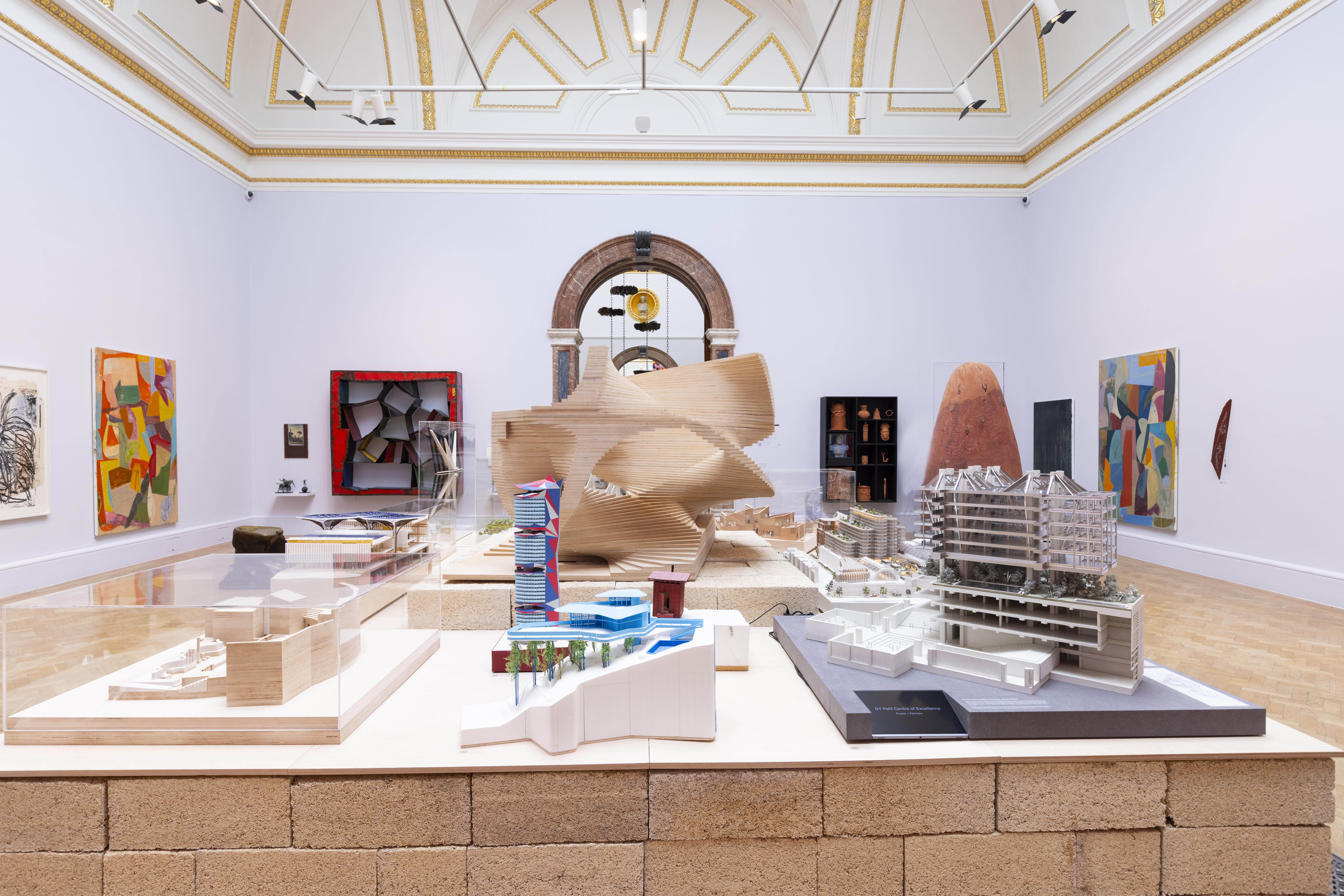 At the Royal Academy summer show, architecture and art combine as never before
At the Royal Academy summer show, architecture and art combine as never beforeThe Royal Academy summer show is about to open in London; we toured the iconic annual exhibition and spoke to its curator for architecture, Farshid Moussavi
-
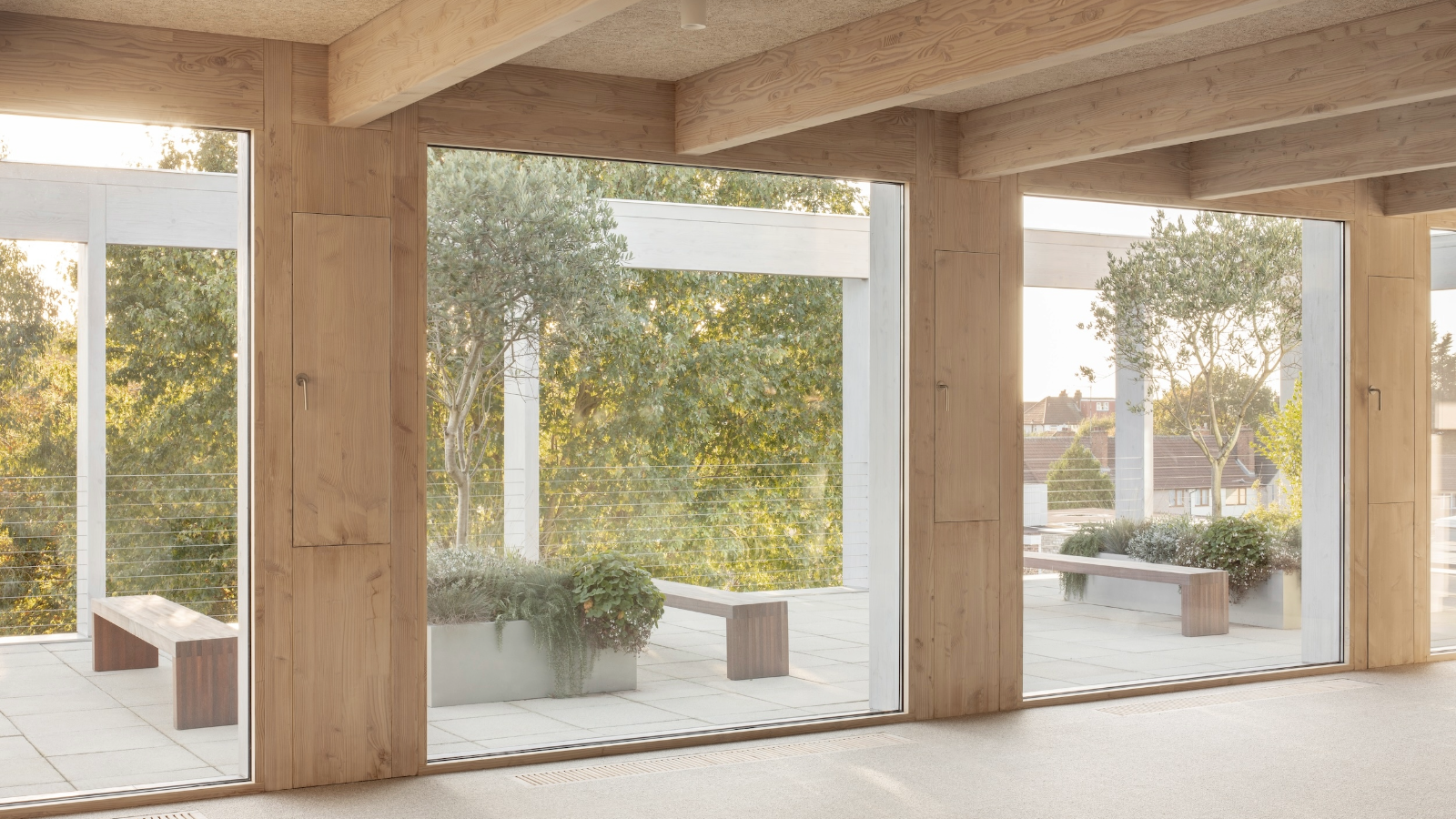 This ingenious London office expansion was built in an on-site workshop
This ingenious London office expansion was built in an on-site workshopNew Wave London and Thomas-McBrien Architects make a splash with this glulam extension built in the very studio it sought to transform. Here's how they did it
-
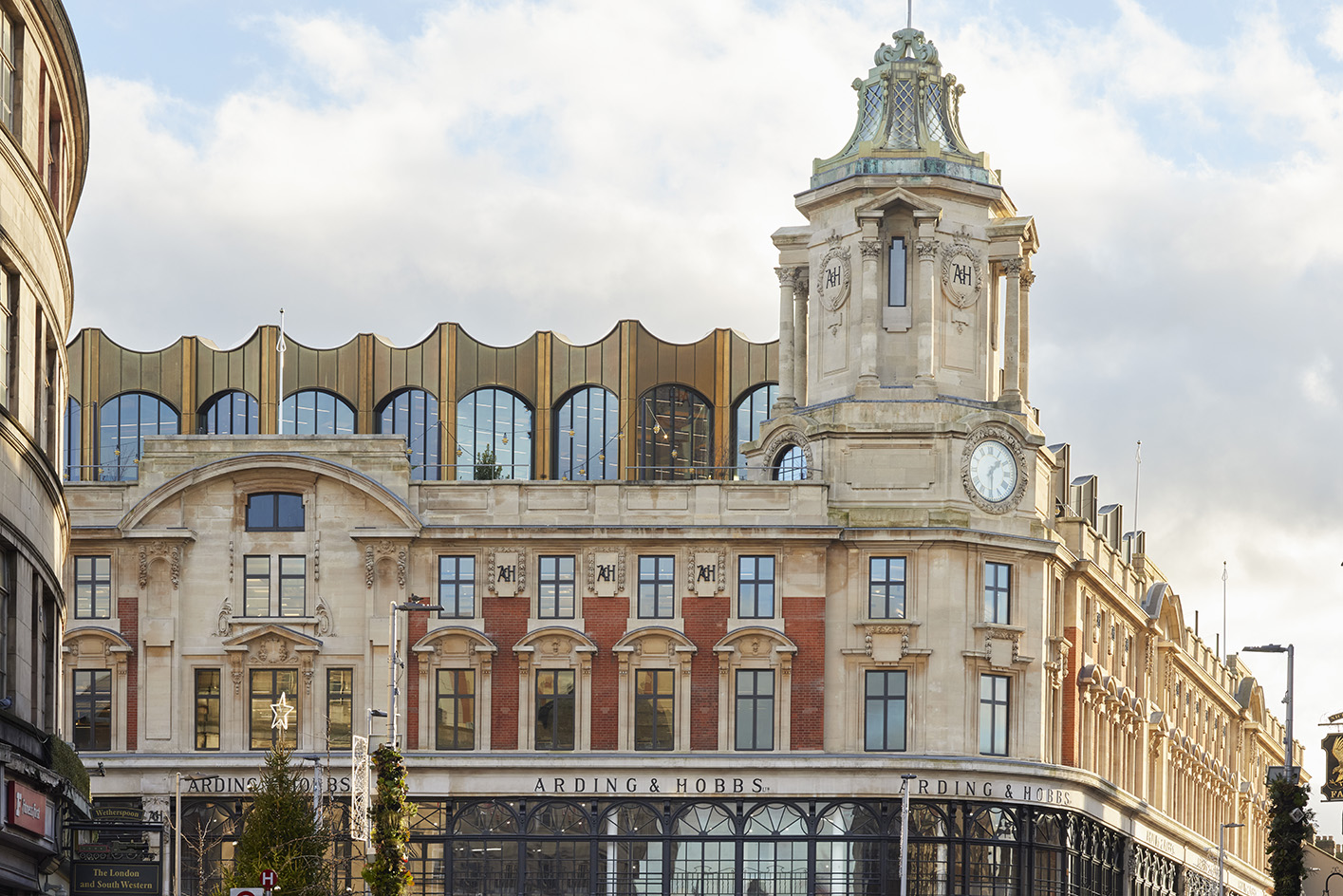 Once vacant, London's grand department stores are getting a new lease on life
Once vacant, London's grand department stores are getting a new lease on lifeThanks to imaginative redevelopment, these historic landmarks are being reborn as residences, offices, gyms and restaurants. Here's what's behind the trend